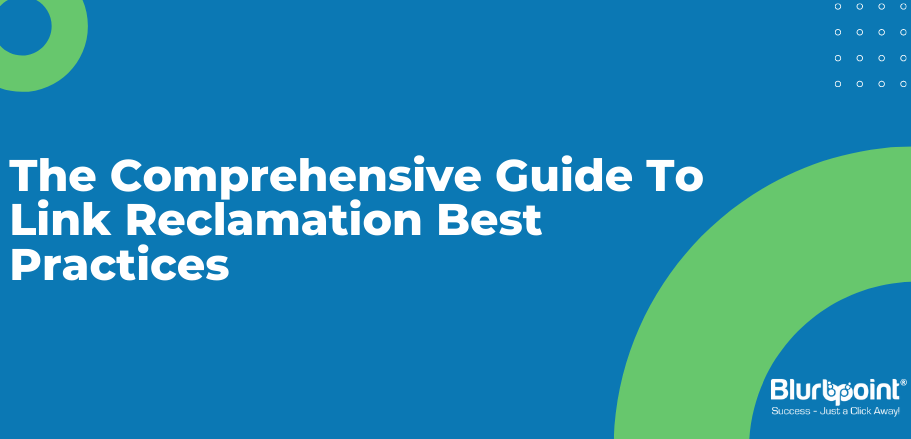GET A FREE CONSULTATION



Posted by Monish Vora
October 21, 2013
With the constant evolution in the internet industry, websites have to change and their designs are altered. This results in the creation of broken links on other websites. Backlinks may get lost generally, due to the removal of pages and the changes implemented on urls during the website’s renovation process. While starting a new campaign for a client, link reclamation is the most convenient and swift way to boost the efforts of search engine optimization. A 301 redirect process will restore the SEO values of your inbound links, however, a link reclamation process is the surest way to retain the complete value of the link.
Link reclamation is the process of tracking, getting in contact and fixing the problem of internal and external broken links pointing to your own website. The best tool for your link reclamation projects is Microsoft Excel and Open Site Explorer. OSE is the most comprehensive, convenient tool providing in-depth analysis of linkage on various web pages. In addition to the inbound and outbound links, OSE also gives metrics on internal and broken links.
It is mandatory to carry out a link reclamation project each time content is removed, the URL’s are changed, or a website has been redesigned. To determine if a website requires a link reclamation project, investigate the results from the tab “Top Pages” in OSE for the root domain of the website. Export the derived results to a .csv format and sort them by the “HTTP Status”. Link reclamation is a must if any of the pages have a 404 HTTP Status.
Upon review, if found that the back-links are coming up as 404’s, broking links pointing to non-existent pages, there are a few steps that need to be performed. Make a list of all the old URL’s anchor texts, new URL’s and location of the broken links. The best solution for an internal linking problem is to go to the page manually, and fix the broken link by replacing the URL. In order to fix broken links from external websites, the only saviours are a 301 redirect campaign and a link reclamation project. A direct link is more valuable than a redirect. So, it is the best practice to wait for a few weeks after link reclamation to put the redirects in place. There is no need to bother other websites for fixing their links when you have set up a redirect.
Sometimes, it could be a bit tricky to figure out a new URL for broken links. With the use of context clues, it is possible to find the correct pages. If not, you could always use the home page as the default target.
Once the list is created with new URL’s, the next step is figuring out the number of pages that are linking to the missing page. For this, use Open Site Explorer to run each 404 status URL and see the “Linking Pages” tab. This will give a list of all the links and anchor texts pointing to that missing page. This step should be performed for every missing page. The spreadsheet will become very long with this process. If some 404’s come up with no pages linking to it, there may be some problem with the old redirects.
Once all the steps are complete, sort the spreadsheet of your list by the linking URL’s. This makes it convenient to figure out the websites that have multiple broken links to your targeted website. The next step involves going through the list and contact each of the website owners to inform them about the broken links and what the correct link is. Older the links, the less likeliness of a response. Most people would be glad to fix the links as it makes up for a good experience for their users. The vital thing is to be very informative in the approach and avoid seeming like a bot.
It is not possible to reclaim all the links. Set up 301 redirects for all those pages, which showed up as 404’s, a few weeks after the initial contact. Although the broken links have been fixed, it is still highly recommended to set up redirects for these pages. Having all the inbound links clean will help Google to index the website more effectively and efficiently.